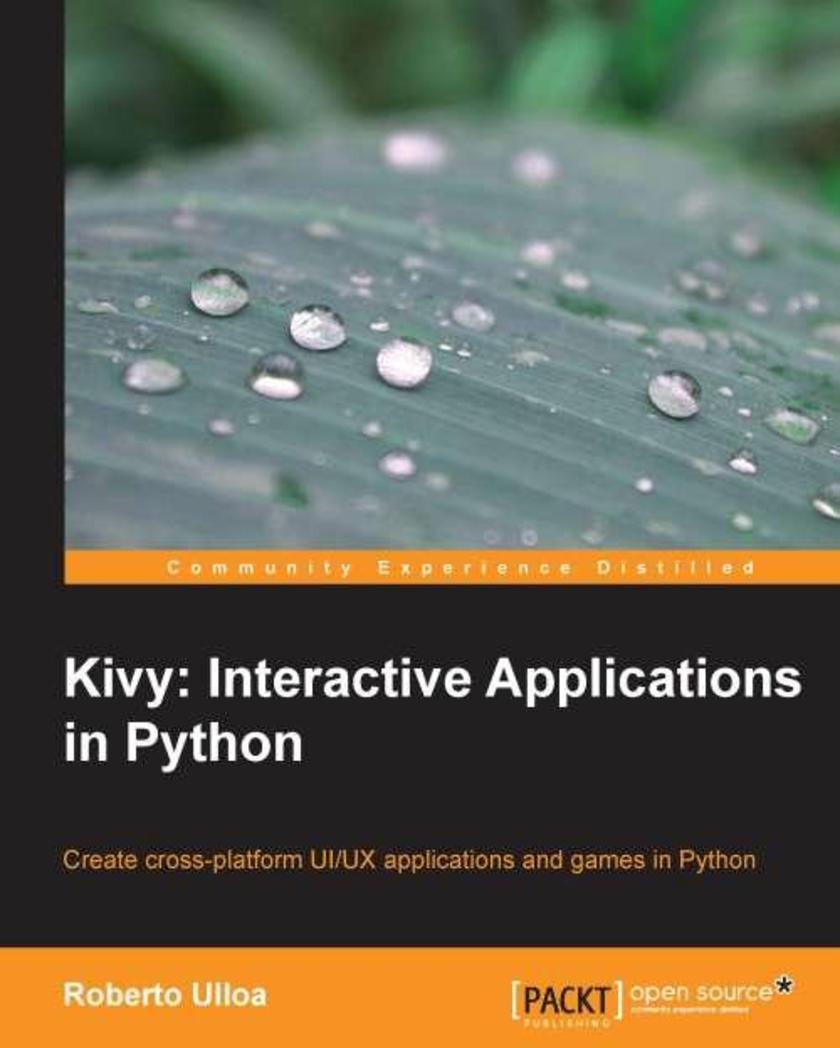
Getting Started with Kivy
¥63.21
into the world of Kivy.This book is aimed at Python developers who are familiar with Python and have a good understanding of concepts like inheritance, classes, and instances. No previous experience of Kivy is required, though some knowledge of event handling, scheduling, and user interfaces, in general, would boost your learning.

Creating Dynamic UI with,Android Fragments
¥71.93
A fast-paced tutorial that guides you through everything you need to know about dynamic UI design for Android devices.This book is for developers with a basic understanding of Android programming who would like to improve the appearance and usability of their applications. Whether you’re looking to create a more interactive user experience, create more dynamically adaptive UIs, provide better support for tablets and smartphones in a single app, reduce the complexity of managing your app UIs, or you are just trying to expand your UI design philosophy, then this book is for you.

Instant NPM
¥45.77
Get to grips with a new technology, understand what it is and what it can do for you, and then get to work with the most important features and tasks. A practical exploration of the lifecycle of creating node modules as well as learning all of the top features that npm has to offer.Intended for readers who want to create their first node.js modules. The programming paradigm of JavaScript is not covered so a foundation in these concepts would be beneficial.

L?VE2d for Lua Game Programming
¥54.49
This book follows a tutorial approach with examples and step-by-step instructions to help explain the key concepts of the L?VE framework as well as everything you need to know about game development using the Lua programming language.L?VE2d for Lua Game Programming is for anyone who is interested in learning about desktop game development.

Mastering Ninject for Dependency Injection
¥59.94
Mastering Ninject for Dependency Injection teaches you the most powerful concepts of Ninject in a simple and easy-to-understand format using lots of practical examples, diagrams, and illustrations.Mastering Ninject for Dependency Injection is aimed at software developers and architects who wish to create maintainable, extensible, testable, and loosely coupled applications. Since Ninject targets the .NET platform, this book is not suitable for software developers of other platforms. Being familiar with design patterns such as singleton or factory would be beneficial, but no knowledge of dependency injection or IoC is assumed.
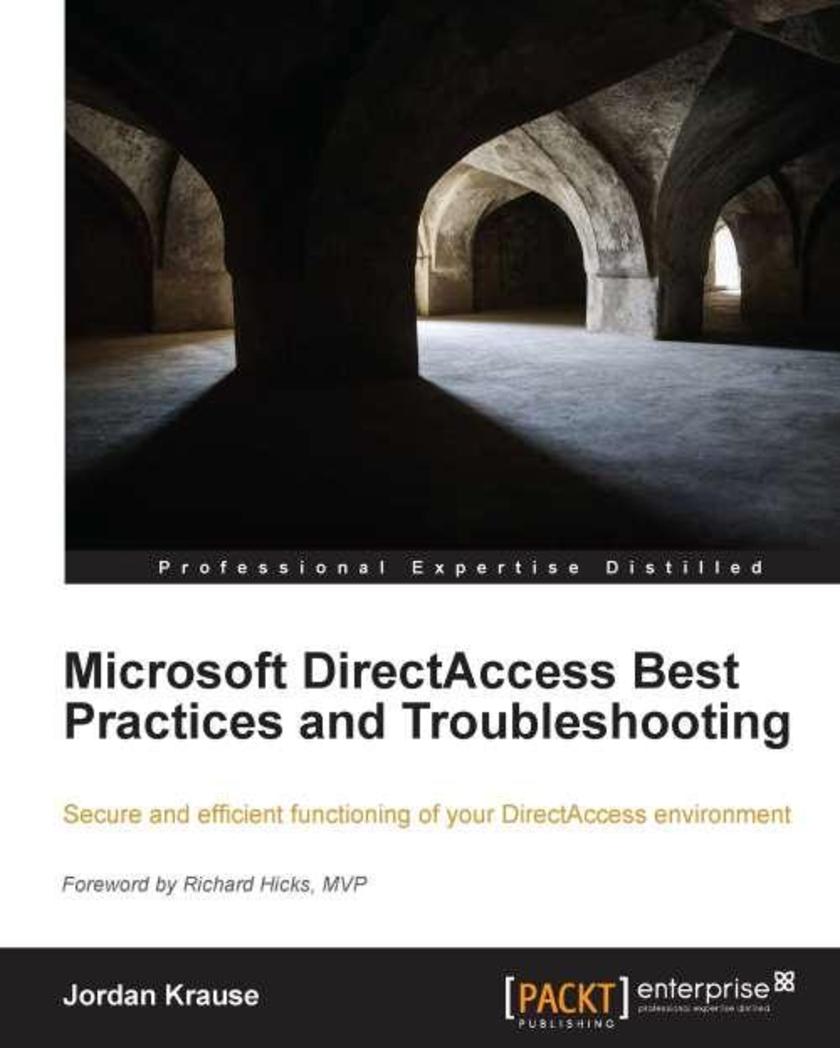
Microsoft DirectAccess Best Practices and Troubleshooting
¥68.66
This book covers best practices and acts as a complete guide to DirectAccess and automatic remote access.Microsoft DirectAccess Best Practices and Troubleshooting is an ideal guide for any existing or future DirectAccess administrator and system administrators who are working on Windows Server 2012. This book will also be beneficial for someone with a basic knowledge of networking and deployment of Microsoft operating systems and software who wants to learn the intricacies of DirectAccess and its interfaces.

Instant Apache Camel Messaging System
¥45.77
Get to grips with a new technology, understand what it is and what it can do for you, and then get to work with the most important features and tasks. A beginner’s guide to Apache Camel that walks you through basic operations like installation and setup right through to developing simple applications.This book is a good starting point for Java developers who have to work on an application dealing with various systems and interfaces but who haven't yet started using Enterprise System Buses or Java Business Integration frameworks.
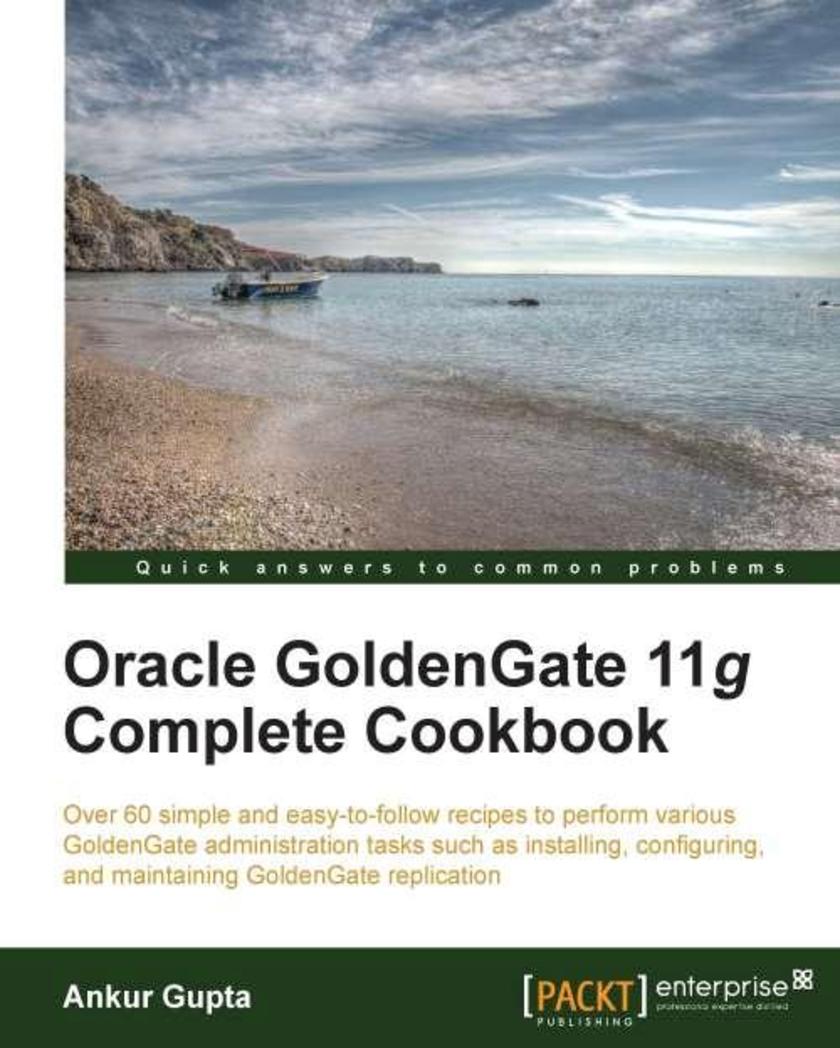
Oracle Goldengate 11g Complete Cookbook
¥125.34
Oracle Goldengate 11g Complete Cookbook follows the Cookbook style. Each recipe provides step by step instructions with various examples and *s. This book provides the necessary information to successfully complete most of the possible administration tasks.Oracle Goldengate 11g Complete Cookbook is aimed at Database Administrators, Architects, and Middleware Administrators who are keen to know more about Oracle Goldengate. Whether you are handling Goldengate environments on a day-to-day basis, or using it just for migration, this book provides the necessary information required to successfully complete your administration tasks. The reader is expected to have some knowledge of Oracle databases.
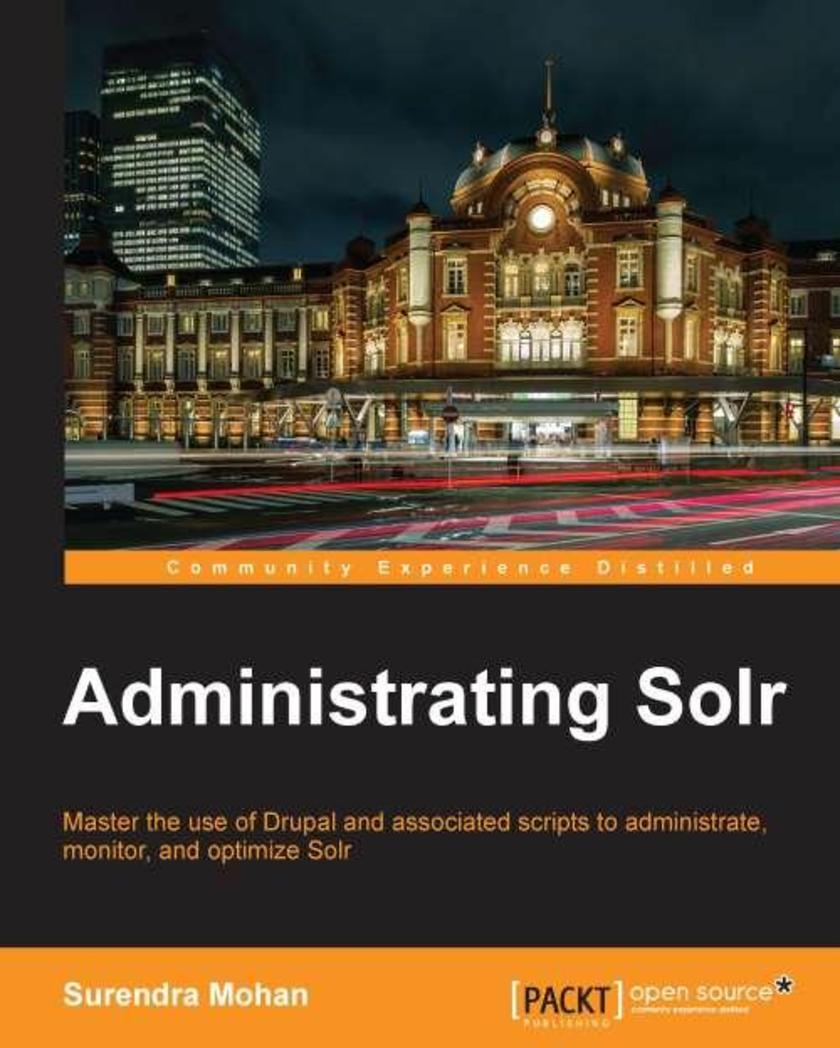
Administrating Solr
¥63.21
A fast-paced, example-based guide to learning how to administrate, monitor, and optimize Apache Solr."Administrating Solr" is for developers and Solr administrators who have a basic knowledge of Solr and who are looking for ways to keep their Solr server healthy and well maintained. A basic working knowledge of Apache Lucene is recommended, but this is not mandatory.
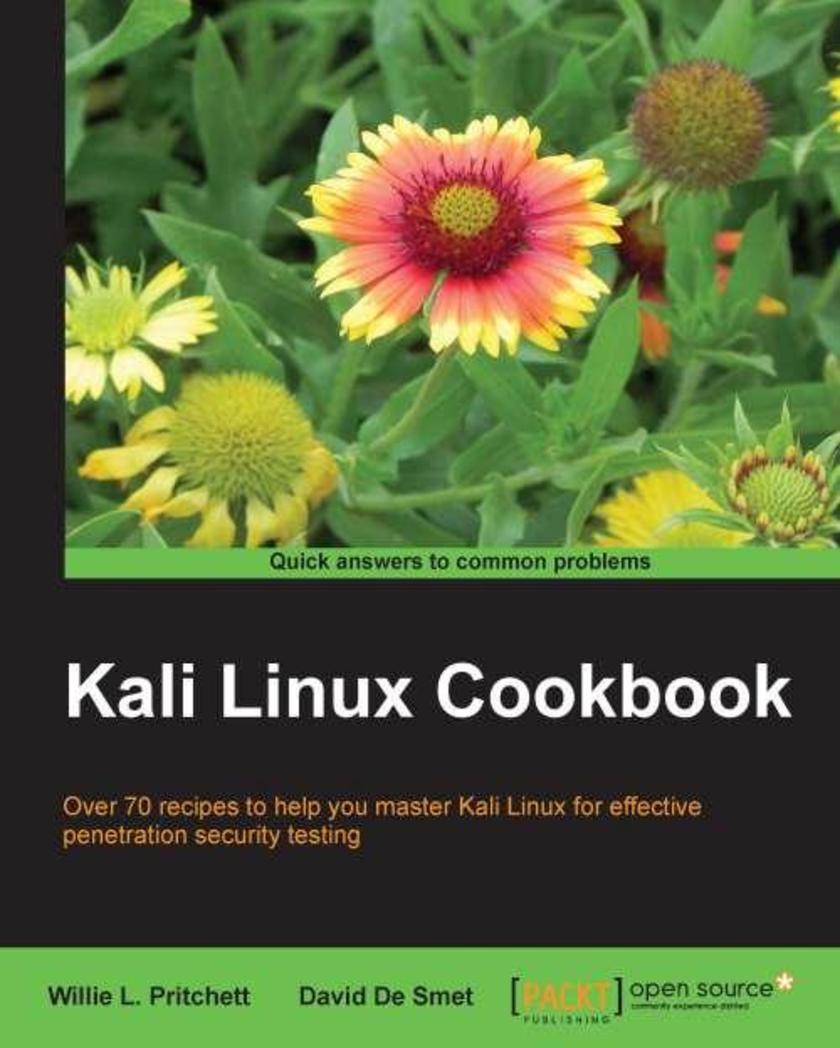
Kali Linux Cookbook
¥75.20
A practical, cookbook style with numerous chapters and recipes explaining the penetration testing. The cookbook-style recipes allow you to go directly to your topic of interest if you are an expert using this book as a reference, or to follow topics throughout a chapter to gain in-depth knowledge if you are a beginner.This book is ideal for anyone who wants to get up to speed with Kali Linux. It would also be an ideal book to use as a reference for seasoned penetration testers.
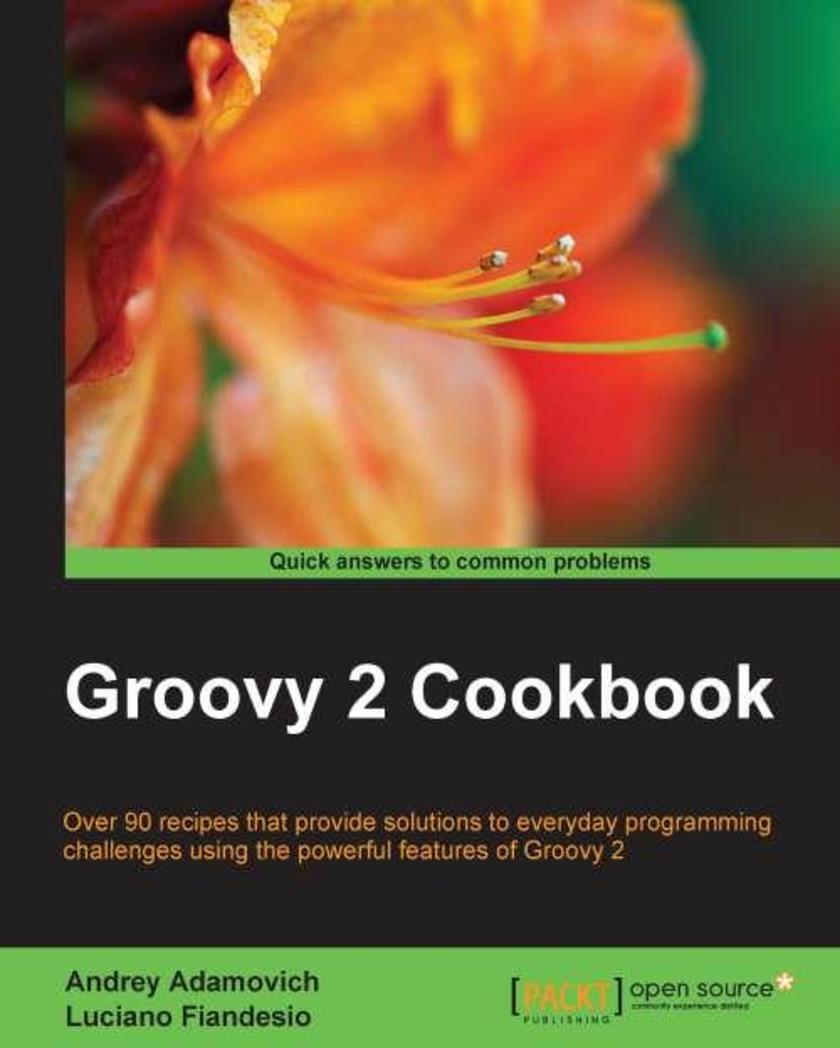
Groovy 2 Cookbook
¥90.46
This book follows a Cookbook style and is packed with intermediate and advanced level recipes.This book is for Java developers who have an interest in discovering new ways to quickly get the job done using a new language that shares many similarities with Java. The book’s recipes start simple, therefore no previous Groovy experience is required to understand the code and the explanations accompanying the examples.
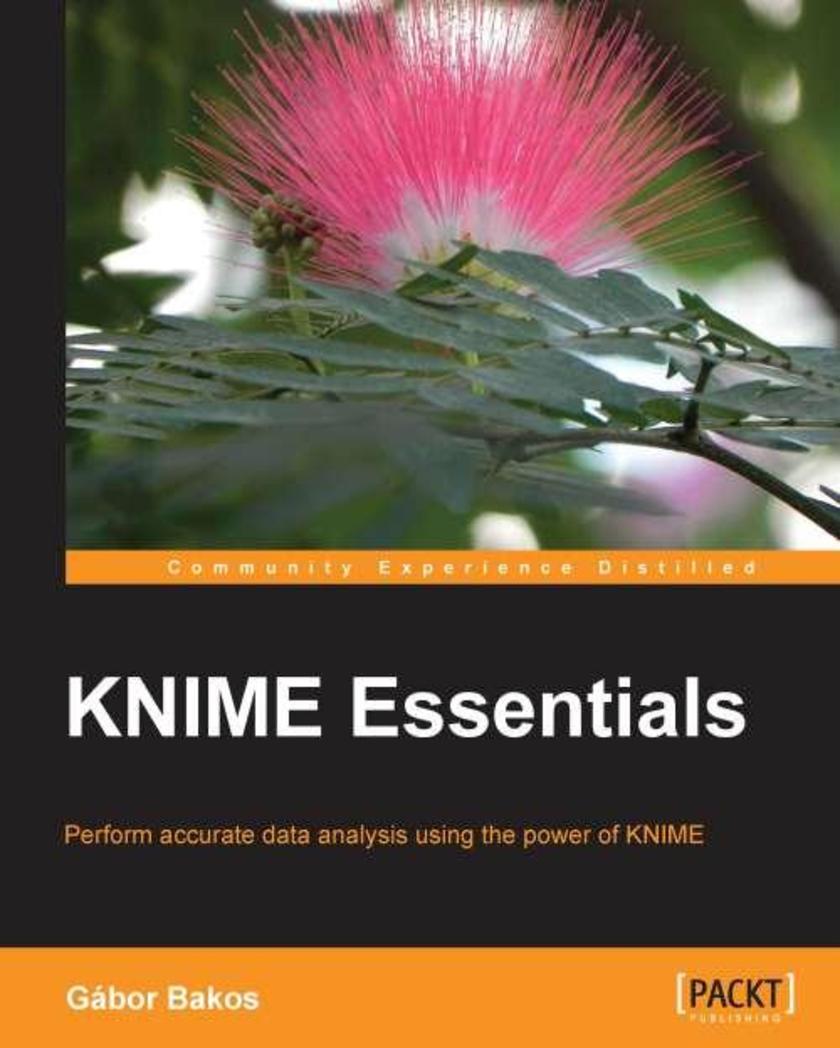
KNIME Essentials
¥63.21
KNIME Essentials is a practical guide aimed at getting the results you want, as quickly as possible."Knime Essentials" is written for data analysts looking to quickly get up to speed using the market leader in data processing tools, KNIME. No knowledge of KNIME is required, but we will assume that you have some background in data processing.

VMware vCloud Security
¥71.93
VMware vCloud Security provides the reader with in depth knowledge and practical exercises sufficient to implement a secured private cloud using VMware vCloud Director and vCloud Networking and Security.This book is primarily for technical professionals with system administration and security administration skills with significant VMware vCloud experience who want to learn about advanced concepts of vCloud security and compliance.

Microsoft Hyper-V Cluster Design
¥107.90
This book is written in a friendly and practical style with numerous tutorials centred on common as well as atypical Hyper-V cluster designs. This book also features a sample cluster design throughout to help you learn how to design a Hyper-V in a real-world scenario.Microsoft Hyper-V Cluster Design is perfect for the systems administrator who has a good understanding of Windows Server in an Active Directory domain and is ready to expand into a highly available virtualized environment. It only expects that you will be familiar with basic hypervisor terminology.
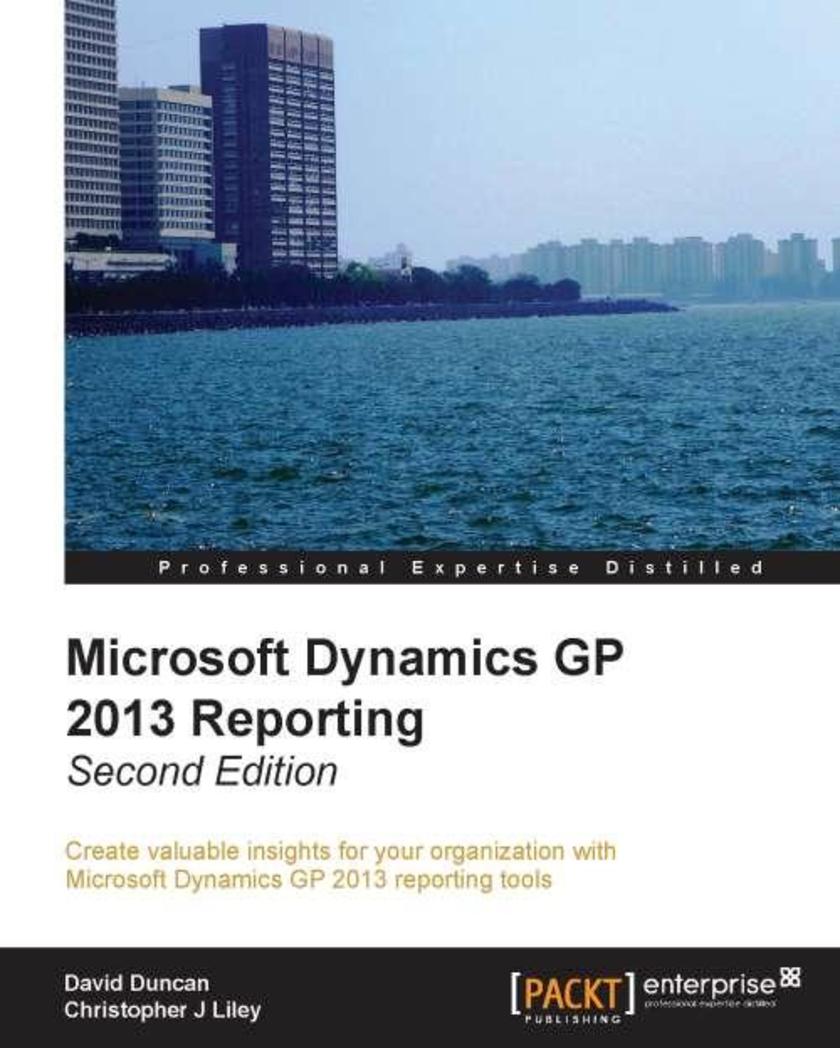
Microsoft Dynamics GP 2013 Reporting, Second Edition
¥107.90
A practical guide to creating and managing reports as well as identifying the most appropriate reporting tool for any reporting challenge, this book employs real-life, step-by-step examples in a part tutorial, part reference manner.If you are a Microsoft Dynamics GP developer, consultant or power user who wants to create and manage reports, then "Microsoft Dynamics GP 2013 Reporting, Second Edition" is for you. A working knowledge of Microsoft Dynamics GP is required. A basic understanding of business management systems and reporting applications such as Microsoft Excel and SQL Reporting Services is highly recommended.
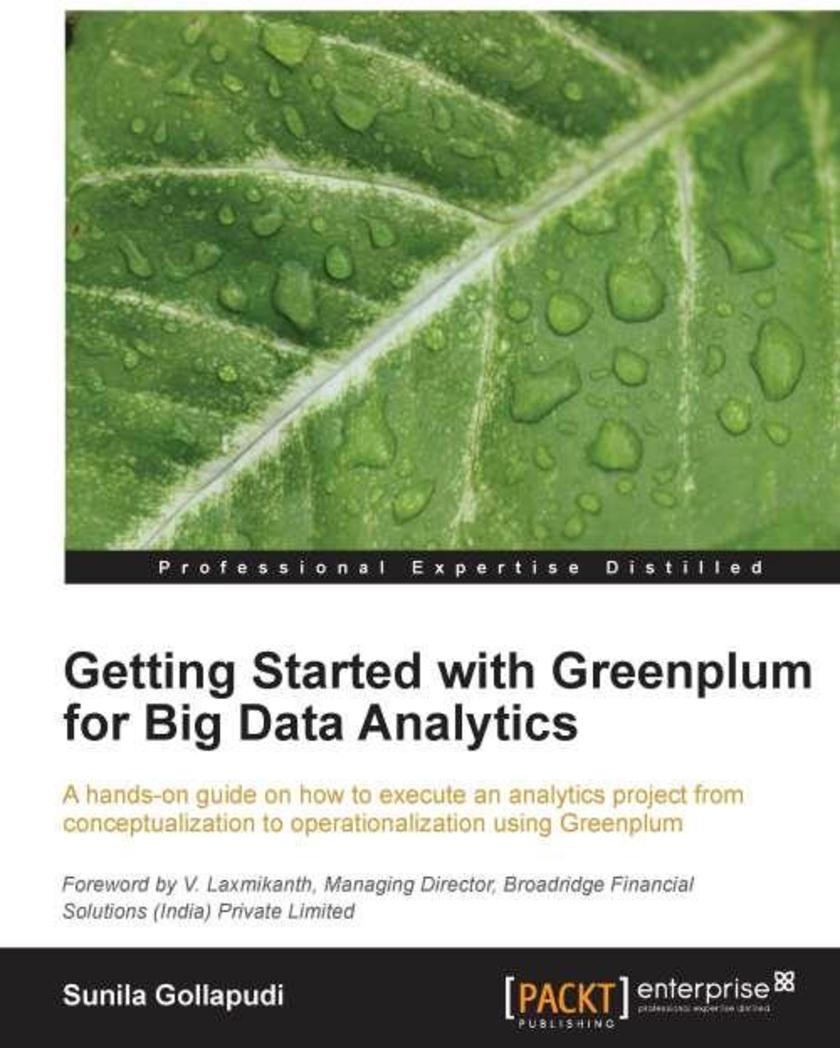
Getting Started with Greenplum for Big Data Analytics
¥71.93
Standard tutorial-based approach."Getting Started with Greenplum for Big Data" Analytics is great for data scientists and data analysts with a basic knowledge of Data Warehousing and Business Intelligence platforms who are new to Big Data and who are looking to get a good grounding in how to use the Greenplum Platform. It’s assumed that you will have some experience with database design and programming as well as be familiar with analytics tools like R and Weka.

Ouya Unity Game Development
¥54.49
A clear, concise, and practical guide that will teach you how to build your own console game and become an indie developer.This book is for game developers who are interested in developing games for the Ouya console on the Unity game engine. It is assumed that you have a basic understanding of Unity.

IBM SPSS Modeler Cookbook
¥116.62
This is a practical cookbook with intermediate-advanced recipes for SPSS Modeler data analysts. It is loaded with step-by-step examples explaining the process followed by the experts.If you have had some hands-on experience with IBM SPSS Modeler and now want to go deeper and take more control over your data mining process, this is the guide for you. It is ideal for practitioners who want to break into advanced analytics.
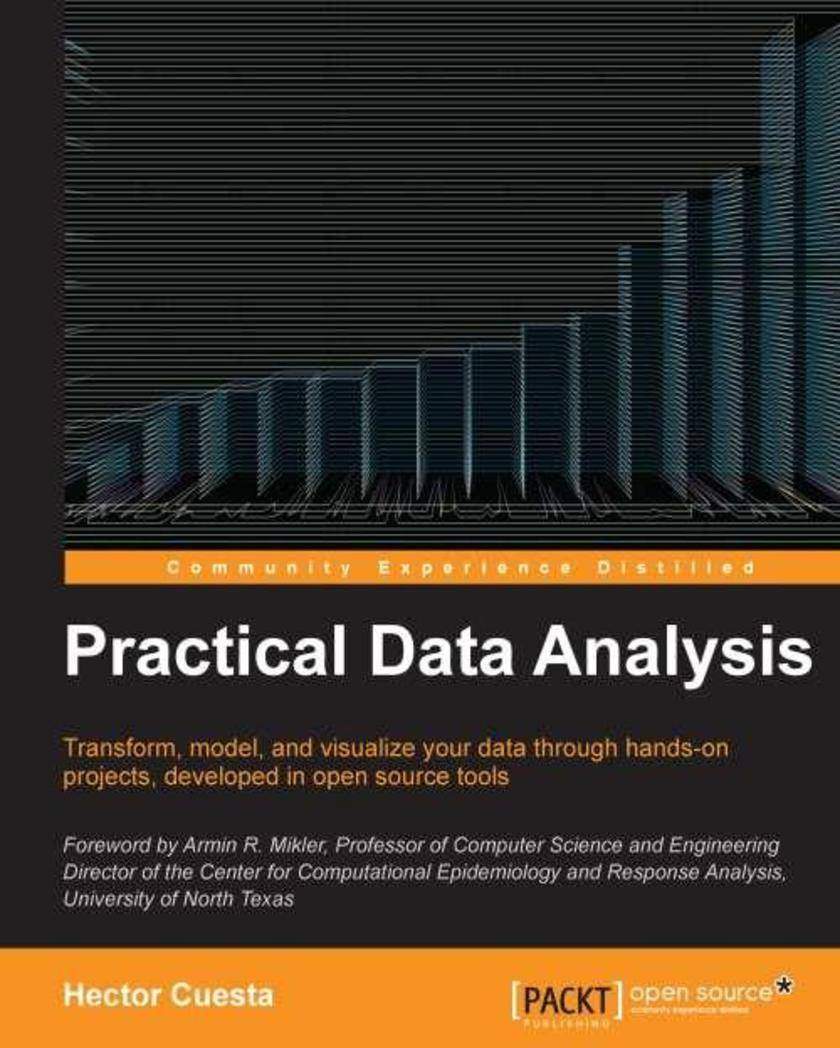
Practical Data Analysis
¥90.46
Each chapter of the book quickly introduces a key ‘theme’ of Data Analysis, before immersing you in the practical aspects of each theme. You’ll learn quickly how to perform all aspects of Data Analysis.Practical Data Analysis is a book ideal for home and small business users who want to slice & dice the data they have on hand with minimum hassle.
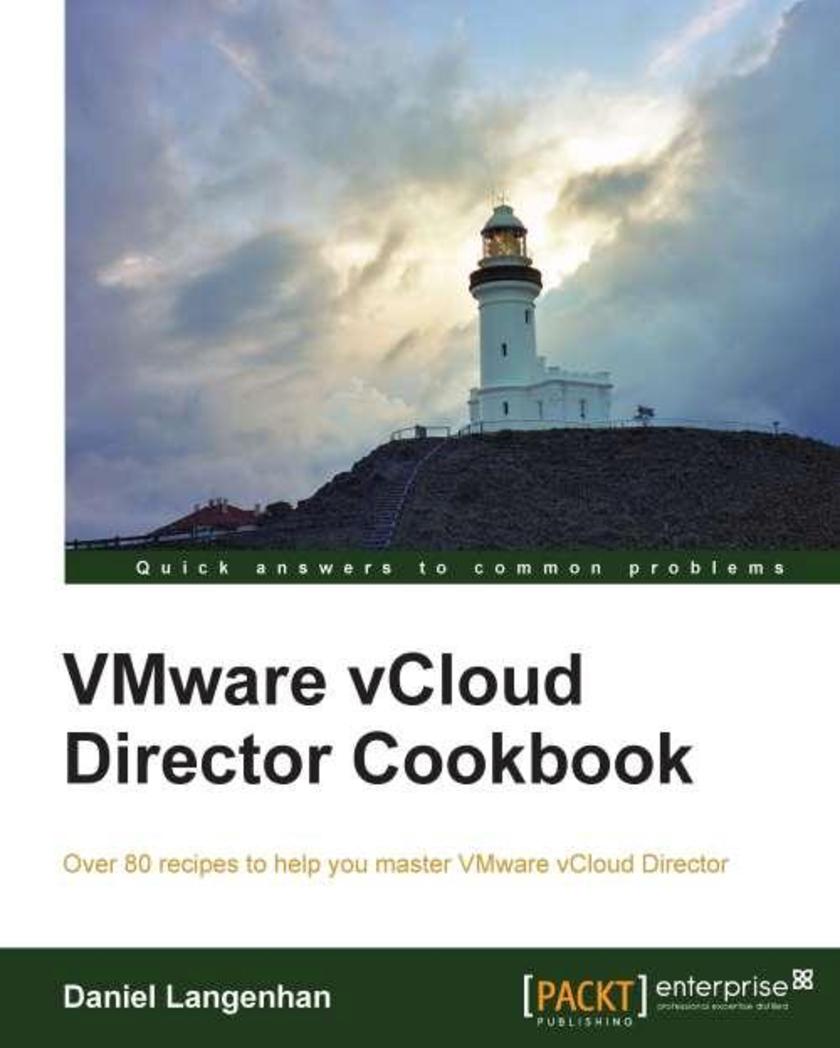
VMware vCloud Director Cookbook
¥90.46
"VMware vCloud Director Cookbook" will adopt a Cookbook-based approach. Packed with illustrations and programming examples, this book explains the simple as well as the complex recipes in an easy-to-understand language."VMware vCloud Director Cookbook" is aimed at system administrators and technical architects moving from a virtualized environment to cloud environments. Familiarity with cloud computing platforms and some knowledge of virtualization and managing cloud environments is expected.

Implementing OpenShift
¥54.49
A standard tutorial-based approach to using OpenShift and deploying custom or pre-built web applications to the OpenShift Online cloud.This book is for software developers and DevOps alike who are interested in learning how to use the OpenShift Platform-as-a-Service for developing and deploying applications, how the environment works on the back end, and how to deploy their very own open source Platform-as-a-Service based on the upstream OpenShift Origin project.




 购物车
购物车 个人中心
个人中心



